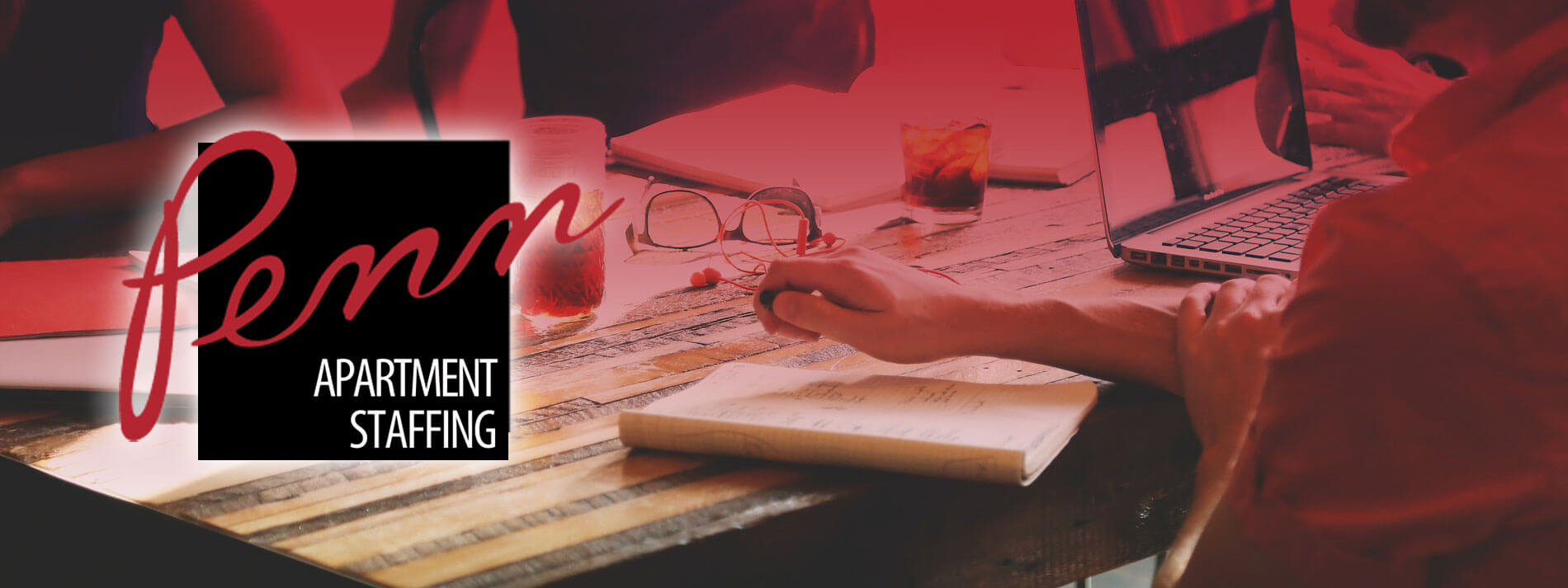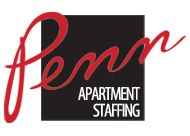
When was the last time you heard a property manager say, “Wow, I’m saving so much money on these new employees!”? Let me guess: never? That’s because hiring, training and retaining employees is often the biggest financial burden on a property, taking valuable resources and time away from leasing apartments and providing great service to residents. If you have at least some business experience, this probably isn’t news to you. What you may not know, however, is what those employee costs actually are and where they come from.
There are some obvious factors, such as wages and benefits, but what you may not have considered is, for instance, how much time your property spends on reviewing resumes and interviewing potential employees, or how much money your property spends to stay in compliance as an employer. Some costs are clear, but others seem to somehow sneak into the process with such stealth that you may not fully realize how much you’re really spending or how much you could save by changing the way you think about hiring personnel.
There are some obvious factors, such as wages and benefits, but what you may not have considered is, for instance, how much time your property spends on reviewing resumes and interviewing potential employees, or how much money your property spends to stay in compliance as an employer. Some costs are clear, but others seem to somehow sneak into the process with such stealth that you may not fully realize how much you’re really spending or how much you could save by changing the way you think about hiring personnel.
In the following paragraphs, we’ll explore what it really costs to hire, train and retain employees the traditional way—not only in wages, but also in time, benefits and burden—as well as how companies can change their methods to help alleviate some of those financial pains.
First, let’s take a look at what it costs to hire a permanent employee. For the purpose of this example, we’re using numbers that might be average for a typical entry-level apartment personnel administrative position with a competitive wage. These costs are based on commonly used available resources and the average hourly wage of a property manager handling the hiring process.
| Advertising the job opening (Careerbuilder.com, Monster.com or similar) | $300-$400 | |
| Review of resumes (100 resumes x 5 min ea x $25/hr) | $207.50-$312.50 | |
| Interviews (scheduling/interviewing 10 candidates x 45 min ea x $25/hr) | $187.50 | |
| Reference and background checks (3 candidates x 30 min ea x $25/hr | $37.50 | |
| Training of hired individual (12 hrs x $25/hr manager + 12 hrs x $13/hr employee) | $456.00 | |
| Total example cost of hiring one employee: | $1,188.50-$1,393.50 |
Keep in mind that this example does not account for lost opportunity cost for the time spent on hiring or for any loss if the hired individual leaves within 30 days. We will take a look, though, at the ongoing costs of that individual once they have been hired, which can include costs such as paid vacation and sick leave, healthcare and insurance, educational allowances, travel expenses and others. These costs clearly can vary from position to position, but for the purpose of this example we’ll use the most common benefits and ongoing costs:
| Average wage ($13/hr x 40 hrs/wk x 4 wks/mo) | $2,080/mo | $520/wk |
| Major medical coverage (depends on plan, age of employee) | $400/mo | $100/wk |
| Workers comp and unemployment insurance | $200/mo | $50/wk |
| Employer taxes | $500/mo | $125/wk |
| Paid vacation, 5 work days (40 hrs x $13/hr ÷ 52 wks) | $43.33/mo | $10/wk |
| Sick days, 5 available per year (40 hrs x $13/hr ÷ 52 wks) | $43.33/mo | $10/wk |
| Average burden cost (ave $4,511 per year1) | $450.92/mo | $112.73/wk |
| Total example ongoing costs of permanent employee: (includes vacation and sick days) | $3,717.58/mo | $927.73/wk |
Now, at this point you may be asking what a “burden cost” is. This is an ongoing cost of overhead that includes regulatory charges for employer compliance plus the administrative time spent on paperwork for those things. It can be rather elusive and hard to factor just due to the sheer number and type of regulatory costs every employer has to pay. The cost shown is based on an average per-employee cost shown in a recent U.S. Small Business Administration report1. The cost is slightly lower than shown for large companies with 500 or more employees and substantially higher for small companies who employ fewer than 20 individuals. These are costs that you don’t pay to the individual, but rather to someone else, such as the state or federal government, because you employ that individual.
As you can see, hiring a permanent employee can get expensive very quickly, especially if there are costs that your business might not have initially taken into consideration, such as hiring costs or burden costs. Another consideration is that a permanent employee will have to remain employed at your property for a certain length of time and generate a certain number of leases in order for you to recover the costs associated with hiring and training them. And what happens if you go through the entire hiring process and never find a candidate you want to hire? Worse yet, what if the person you hire steals from your property or makes costly mistakes? Those are costs that are difficult, if not impossible, to ever recover.
There is an alternative to spending time and money hiring and maintaining permanent employees, though, and it may be one you’ve already thought of or used, which is temporary staff. What you may not know is how the real cost of a temporary employee compares to the real cost of a permanent employee.
To someone who hasn’t ever used or hasn’t recently used temporary staffing services, temporary employees can seem very expensive at the onset, and it may seem odd to some folks to employ an individual that they’ve never met or interviewed. It’s true that the hourly wage you pay for a temporary employee might be anywhere from 30%-60% higher than that of a permanent employee. It’s also true that most temporary personnel are placed with employers who have never seen or spoken with those individuals before. But the real truth of the matter is that over the long haul the temporary employee can actually save you money.
Ordinarily, there are very few upfront costs, if any, to hire temporary personnel from a staffing property, whose expertise is in evaluating, screening, training and placing personnel into appropriate positions.
Here is an example of an average industry rate for apartment personnel hired on a temporary basis (temp-to-perm or permanent will vary):
| Hourly rate billed by staffing property of $13-$20 per hour (at 40 hours per week with no overtime anticipated) | $2,080-$3,200/mo | $520-$800/wk |
| Total example cost of hiring temporary employee: | $2,080-$3,200/mo | $520-$800/wk |
It’s very simple. The only ongoing cost for a temporary employee is their hourly rate unless they are placed into a temp-to-perm or permanent placement situation, at which point the rates may vary and can often be substantially less than the cost shown previously for hiring permanent employees. Clearly, there are no hiring costs associated with taking on temporary personnel, and there may be little or no burden cost since most regulatory charges are based only the number of individuals a property permanently employs. In addition, there is no loss of opportunity cost and no loss of hiring cost if a temporary employee does not work out. The great advantage to hiring temporary personnel is that your business does not have to expend time or resources to do so—it’s usually as easy as making a phone call or filling out a request form as opposed to the hours of time it takes to sort through resumes, take interviews, check backgrounds and so on for permanent hires.
In fact, a temporary employee can often have a greater immediate value to your business than a permanent employee because he or she costs less upfront, costs less over the long-term and can come into the business already screened and trained, ready to sell and service. In other words, it probably won’t take your business nearly the length of time to recover the cost of hiring a temporary employee as it would after hiring a permanent employee. Properties may even find that they can hire several temporary employees for relatively the same cost as one permanent employee, further increasing value to the business by keeping employee costs low and by having more than one qualified individual on staff to help lease apartments and support residents.
So if doing things the traditional, hard way is expensive and time-consuming, why not try things the simple and more cost effective way? All it takes is a simple shift from the “we have to do it” mentality to a “let someone else do it” mentality to eliminate those stealthy hiring costs and to save your property valuable time and money so that you can focus on more important things, like leasing and servicing. Then maybe you can be the first employer to ever tell everyone how much money you’ve saved on hiring.
by
Rick Penn
Rick Penn is the President and CEO of Penn Apartment Staffing, the leader in temporary and permanent placement positions for the multi-family property management industry. Penn Apartment Staffing headquarters are located in DFW, with regional offices in Dallas, Fort Worth and Houston.
Call 972-426-7070 or EMAIL US
Footnotes
1U.S. Small Business Association Office of Advocacy Study: “The Impact of Regulatory Costs on Small Firms” by W. Mark Crain, 2005


